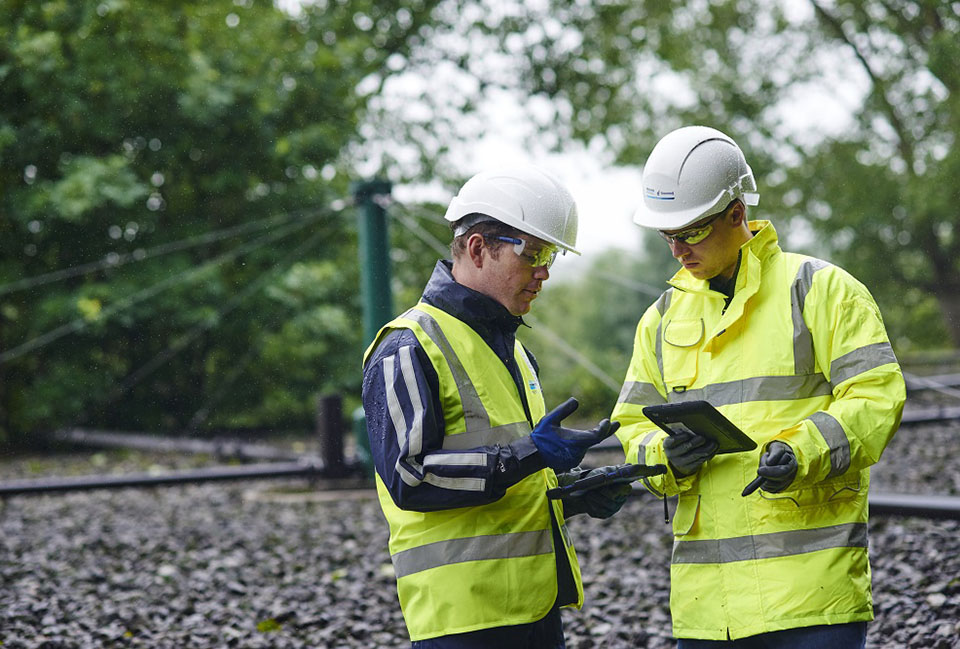Yorkshire Water to report near real time discharge data

4/12/2022
Yorkshire Water has committed to increasing transparency around storm overflow discharge data by moving to near real time reporting, as part of a range of measures designed to help people understand what is happening within their rivers and beaches.
In addition to publishing event duration monitoring (EDM) data on its website yearly, the utility plans to develop interactive maps to allow customers to check spill data and frequency at Yorkshire’s coastal and inland bathing waters. It will then add all overflows to the interactive map.
The near real time discharge data project is just one part of a range of measures aimed to improve transparency and reduce the frequency and impact of storm overflows across the region.
By 2025, Yorkshire Water will invest over £790m to improve rivers across the region, including:
- Improving 640km of our rivers through our £500m+ programme to remove phosphorus from its wastewater treatment works, reducing the amount of this harmful substance by 56% compared to the end of 2020 baseline phosphorus load in the Aire-Calder, Don-Rother-Dearne and Swale, Ure, Nidd and Ouse catchments.
- Investing £137 million by 2025 to improve, investigate and increase monitoring on storm overflows.
- Improving the water quality at the UK’s first inland river bathing water in Ilkley, by investing £13m in the 25km upstream of the bathing water site. This includes disinfection at three key wastewater treatment works, which will benefit the people bathing in Ilkley, but also river users upstream at Bolton Abbey and Grassington
- Investing £2m to reduce the risk of nitrate pollution at Hornsea Mere, which is in a Nitrate Vulnerable Zone.
Another area for investment is increasing storm tank capacity at 50 wastewater treatment works, meaning that there is more storage available during prolonged periods of heavy rain, helping to reduce the number of storm discharges into watercourses. Improvements are also being made to reduce spills from Yorkshire Water’s most frequently spilling overflows.
To maintain transparency and openness, Yorkshire Water will also be reporting progress every year to customers and local and national stakeholders.
Liz Barber, Yorkshire Water CEO, said: “We completely understand the increased public interest in river quality in our region and nationally. We know that our storm overflows operate more often than our customers, or we, would like and we’re working hard to make improvements across the region.
“We’ve outlined a wide range of measures we have planned to greatly improve Yorkshire’s rivers, as well as some additional measures we’re going to take to ensure this work is done quickly. We’re committed to further expanding transparency around our storm overflow data, making significant investments in our overflows and storm tanks to reduce the frequency and impact of discharges, improving the quality of the treated effluent returned to the environment and focusing on improvements upstream of Yorkshire’s first inland bathing area.
“We are committed to improving Yorkshire’s rivers, but we know we can’t improve river health on our own. We’ve created some amazing partnerships across our region that will help us to deliver even more benefits, including our Living with Water and Connected by Water projects in Hull and South Yorkshire. Our rivers are social amenities, and we know we have a passionate group of customers who are keen to play their part in helping to managing surface water, reducing the likelihood of storm discharges. That’s why we’re supporting customers to remove surface water from our network alongside educating them about why this is important. We’re already doing this in Roundhay, Doncaster and Hull.
“We are also launching a consultation with customers, key organisations and stakeholders in the region to really understand the role our rivers play within the communities they run through and what kind of improvements people want to see in the coming years and beyond.”
